Since March I`ve been receiving via email daily mediatations from a Catholic priest and writer named Richard Rohr. For a week in May he posted smaller byte-sized thoughts about how the Church (yes protestant and catholic) reflects (or does not!) the values and processes evident in permaculture, which is a form of land-use system that minimizes external inputs and focuses on making things work (i.e. productive, healthy) for the long-term. Alas, connecting ideas of church to those of God`s creation and our interaction within both is right up my alley. To say that churches in Chiapas struggle in many the same ways as churches I know back in Canada is 1) disheartening, 2) a bit comforting, and 3) revealing too, of the common bonds and stumbling blocks we face. Mmmmmm, as I write this I am reminded that the struggle is what breaks, molds and strengthens us to bring about God`s kingdom.  However, without getting into any sermons I simply wanted to re-post a summary of Rohr`s compiled meditations; they are thought provoking, and my hope is that you may look a little longer and reflect a little deeper the next time you are in church, or in the garden or field for that matter too…..
Mere beliefs do not necessarily change the way we live in this world. What we have been calling “Emerging†Christianity or “Lifestyle Christianity†involves a real movement toward simplicity—at all levels. A return to a simple lifestyle is the only way we are going to be able to respect this planet and create honest community instead of this social climbing we are involved in today. We Americans cannot continue to live at this high level of consumption. It is quite literally unsustainable. Up to now this has not been on the radar of most Christians as a spiritual issue.
In fact, the very notion of sustainability has largely come into our vocabulary from those who are concerned about caring for the earth.
The line I often quote from Paula D’Arcy should be obvious: “God comes to you disguised as your life.â€Â Why didn’t someone tell me that earlier—that this life is the raw material that I need to take seriously? Every day, what’s right in front of me is the agenda. And even more, the natural world all around us has all the lessons that we need for life, love, death, and salvation. Really! Just look and listen, and note how Jesus himself seems to have looked and listened to lilies, birds, hens, sheep, “red sky in the morning,†green and dry wood, moth and worm, etc.
You can see how merely believing doctrines and practicing rituals is very often a clever diversionary tactic to avoid my actual life—to avoid the agenda that is right in front of me every day, which is always messy, always muddy, always mundane, always ordinary—and all around me.
There was a movement that began about thirty years ago in Australia called “Permaculture†(from perma[nent agri]culture) which was concerned about making good and natural use of our earth. I would like to suggest here the idea of church itself as a kind of permaculture.
Permaculture is a design system to create sustainable living habitats. Permaculturists seek to find regenerative solutions that are local, on-site, and natural. We have to look right in front of us and say: “How can we regenerate what is right here? How can we live with what we have and make it beautiful and good?â€Â I ask, why should that not be true for church too? Wouldn’t it make sense that all we need for salvation is available for all peoples, all the time, and everywhere? God and grace cannot be that scarce.  Why should any church “technology†be so centralized at higher levels, or dependent on major and specialized education? Maybe that was Jesus’ point in starting with fishermen?
The American Church has not usually sought out regenerative solutions where the sustainability is on-site and natural. I am not negating other wonderful priests who come to help us, but our churches are more and more run by priests from other countries. For the most part they know little about American culture or church. (When we send Franciscan missionaries to other countries they have to spend a long time learning to understand and respect that culture. Normally it has to be a movement in downward mobility, not a huge leap in upward mobility, or they would hardly be missionaries at all.)
If a church cannot produce its own ministers, one might call into question whether we are an organic or vibrant church at all. If we have to bring in people from other countries to sustain a two-hundred-year-old church, we might ask ourselves if we even possess the gifts we need for our own spiritual survival. We are an unsustainable church, rather than a “permaculture†church.
Permaculture†ventures tend to be energetically frugal. “How can things be done with the least amount of manufactured energy?â€Â Permaculture people have made a real art form of simplicity. They are fascinated by doing as much as possible with as little artificial energy as possible. Energetically frugal, technologically frugal, intellectually and creatively imaginative, they don’t seek a new piece of land to conquer and make it productive; instead they seek to regenerate what they already have. Sort of obvious, isn’t it? If it sounds like healing, I think it is.
All Jesus practically does in his short ministry is preach and heal. When Francis McNutt revived the healing ministry in the 1970s, he was a priest from the Order of Preachers or Dominicans. He said we do an awful lot of preaching in our church and very little healing. He actually received letters from Catholics upset at the title of his book, Healing, because they thought it was a Protestant word! “We Catholics are not into healing,†some actually said to him, not realizing their accurate but Freudian slip. Healing takes love and caring more than ordination or major education. The act of healing takes time, caring, and long-term investment in a person or a situation.
I must point out, as strongly as I can, what I think is Jesus’ first and foundational ecclesiology (notion of church). He says, “wherever two or three gather together in communion, I’m present†(Matthew 18:20). This is the first definition of presence, just as clear as his presence in the bread or in the neighbor, and much clearer than any notion of his presence in any organization. Jesus is so simple that we miss his simple points. Jesus’ notion of church is much like a permaculture system: obvious, on-site, right now, with built-in forces for renewability. It is all in the quality of relationships between the available life forms: just gather “two or three†who do life and love right, and we have the basic makings of church. It is how every good project I have ever seen gets started.
If we want a sustainable church, let’s go to the lowest possible level and build it on that foundation (gathering positively around love and caring), and then keep rebuilding it with inherent tools (healing, forgiveness, and community building around projects). Just gather “two or three†(Matthew 18:20) loving, committed, servant-oriented people and we have the only real foundation for any healing and healthy church. In fact, without it, you can have the most organized and orthodox church in the world and no one will actually be changed or helped. As the Beatles wrote in their song, “Eleanor Rigbyâ€:
Father McKenzie [will keep]
writing the words of a sermon that no one will hear . . .
[Will keep] wiping the dirt from his hands as he walks from the grave
[While] no one was saved
Adapted from Emerging Church Conference, Swannick, England, 2010 (unpublished)

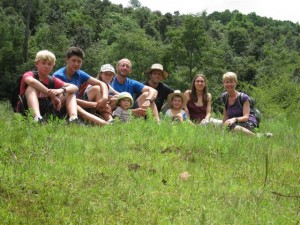
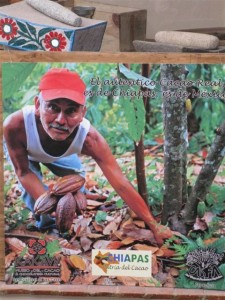
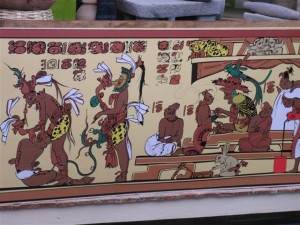
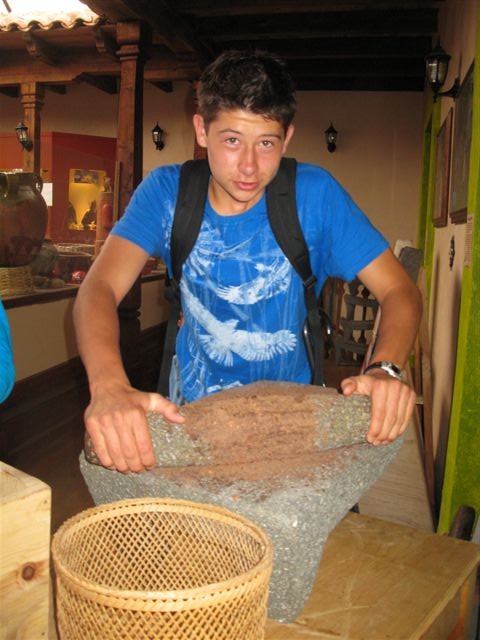
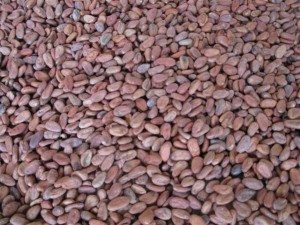

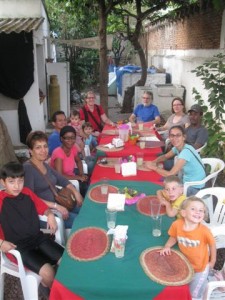
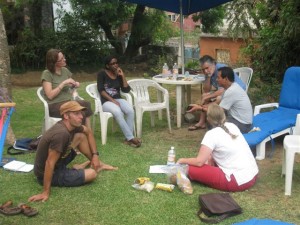
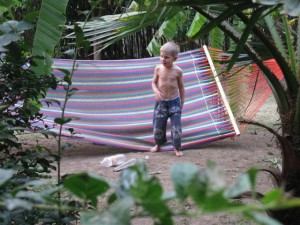
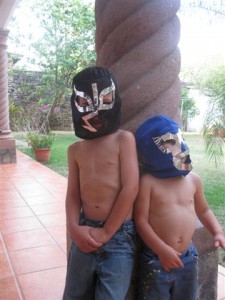

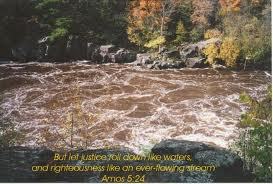
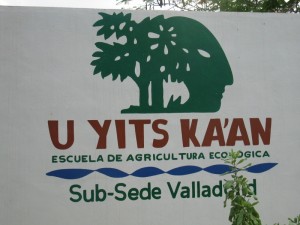
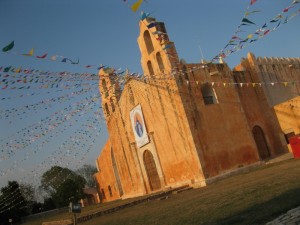
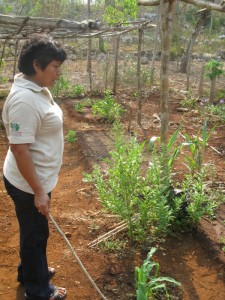
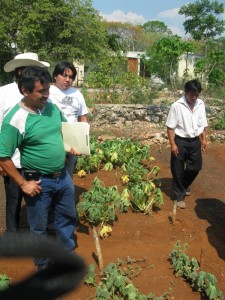
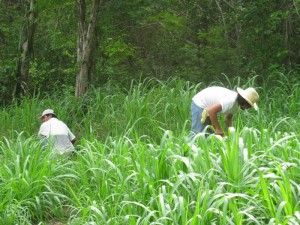
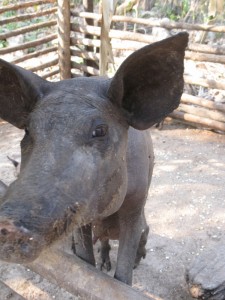
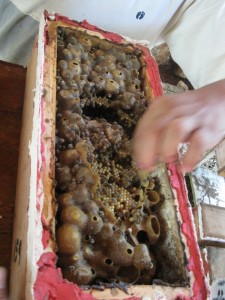

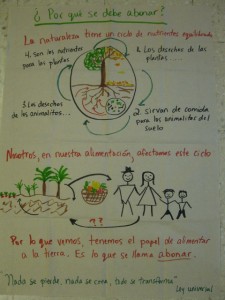

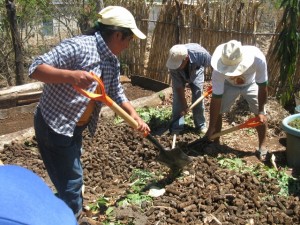
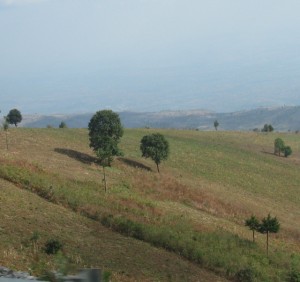
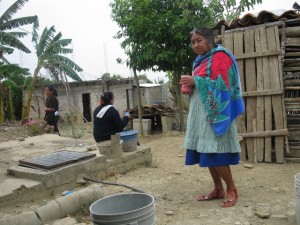
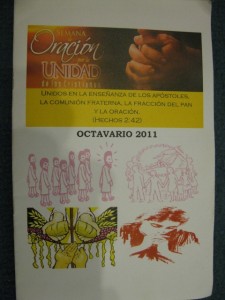
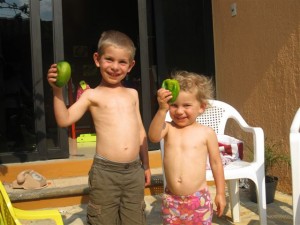




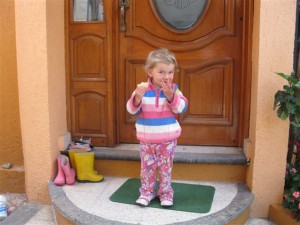

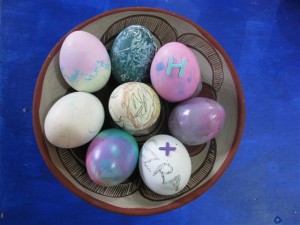
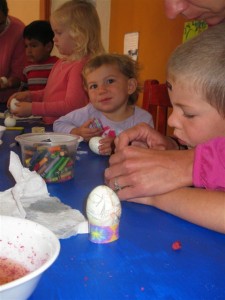
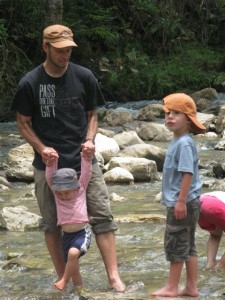

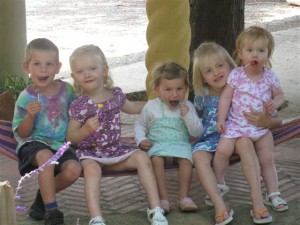
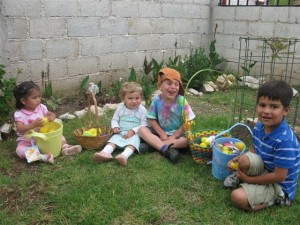

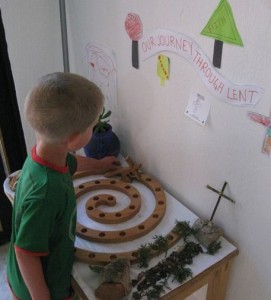

 Rick and I have been spending some time reading and discussing parts of a devotional type book I found at the MCC Office back in October called “Seven Weeks for the Soul,” by Gerard W. Hughes – a British spiritual/ecumenical writer who has interest in justice and peace issues – an emphasis I have very much appreciated these past 5+ weeks in particular because of my
Rick and I have been spending some time reading and discussing parts of a devotional type book I found at the MCC Office back in October called “Seven Weeks for the Soul,” by Gerard W. Hughes – a British spiritual/ecumenical writer who has interest in justice and peace issues – an emphasis I have very much appreciated these past 5+ weeks in particular because of my